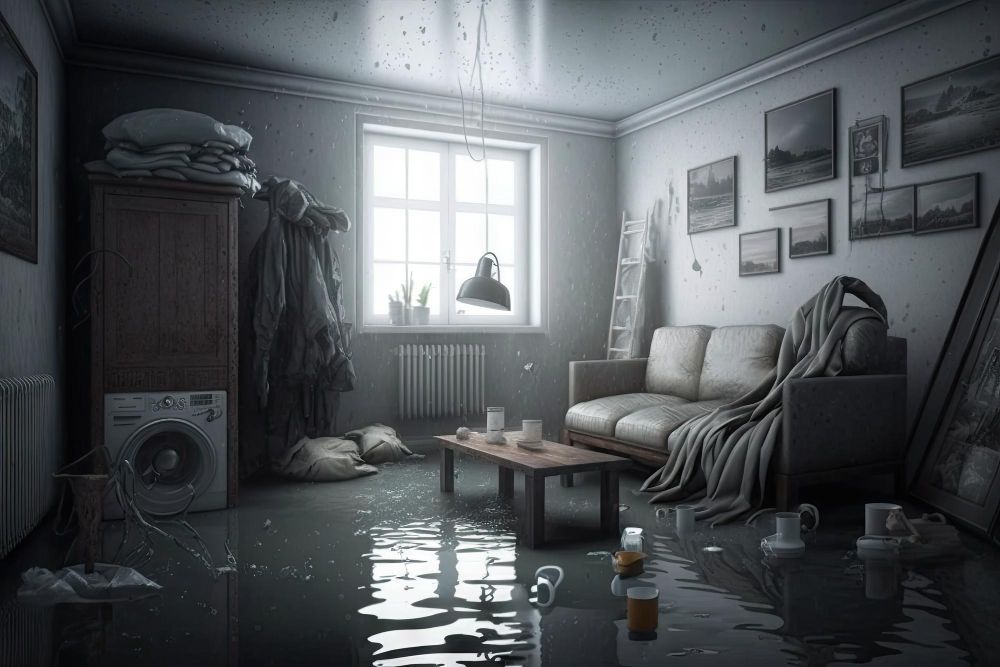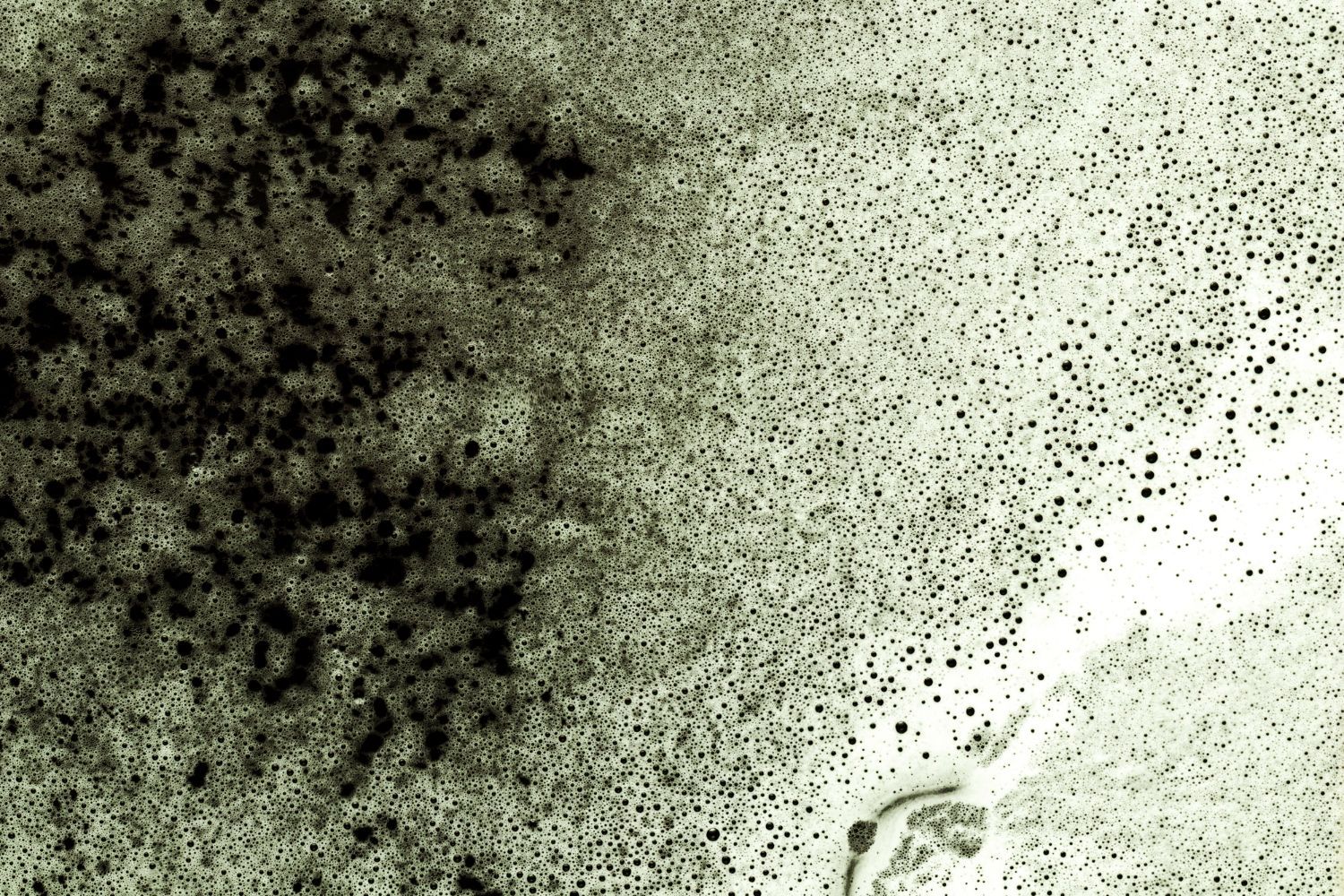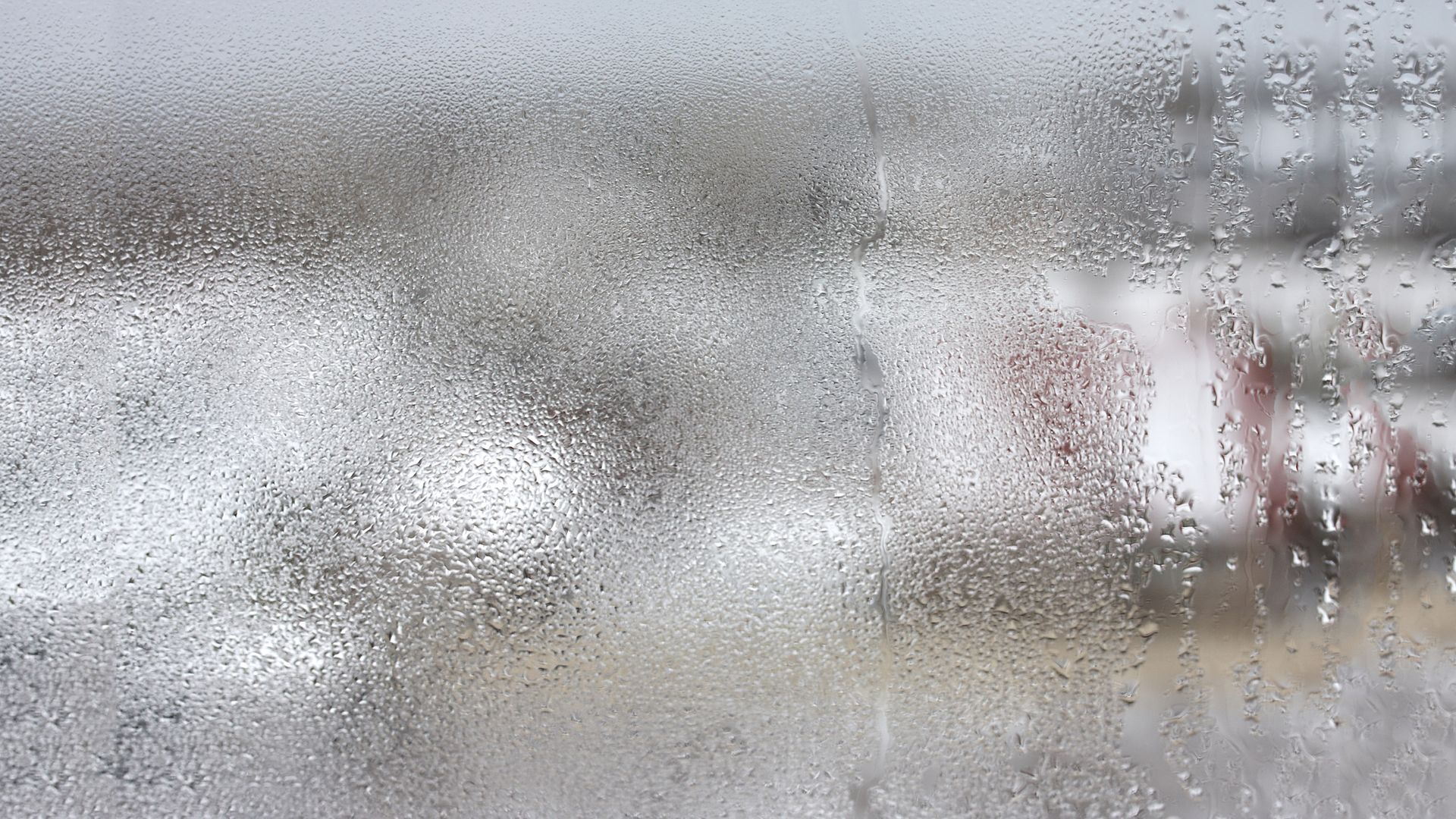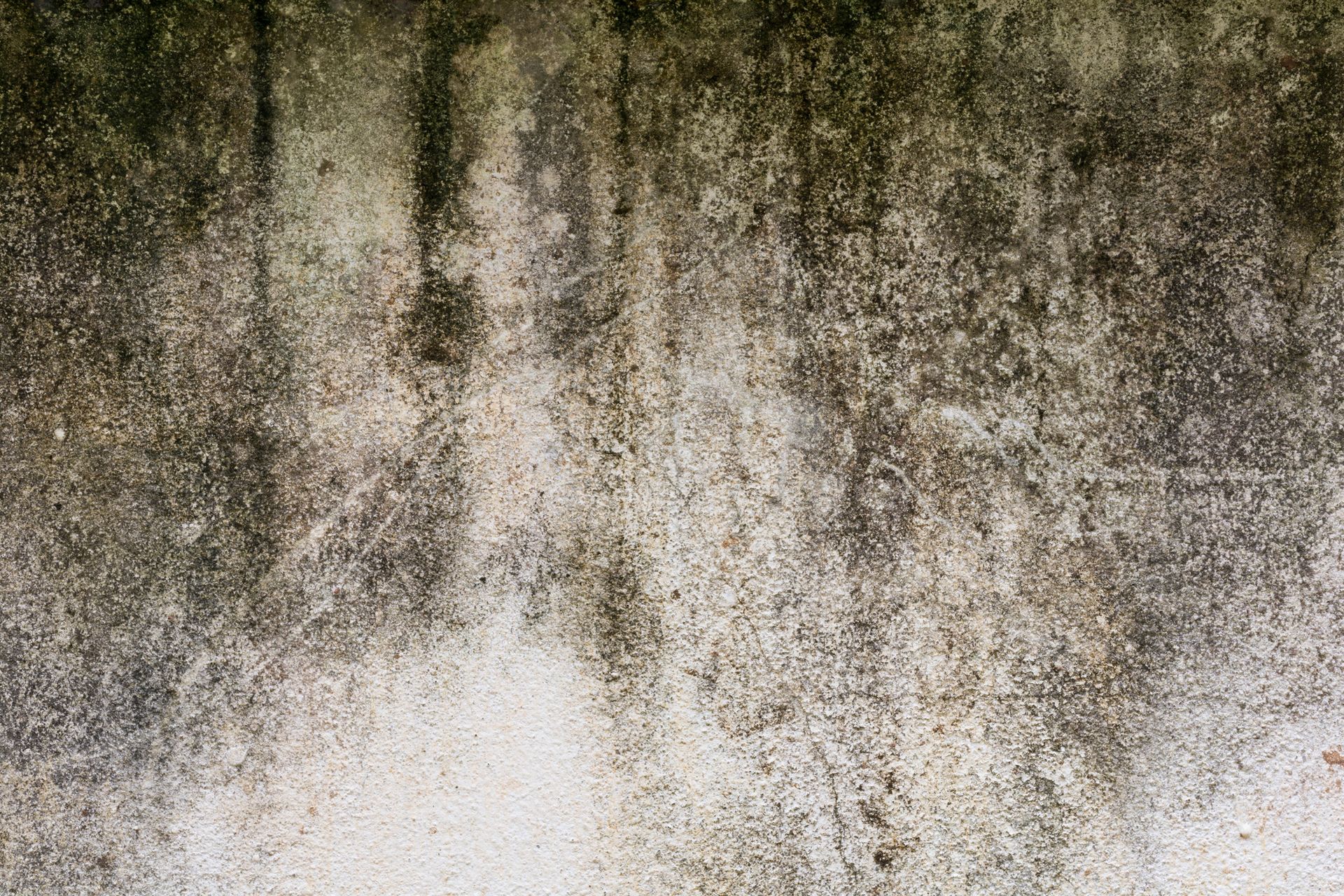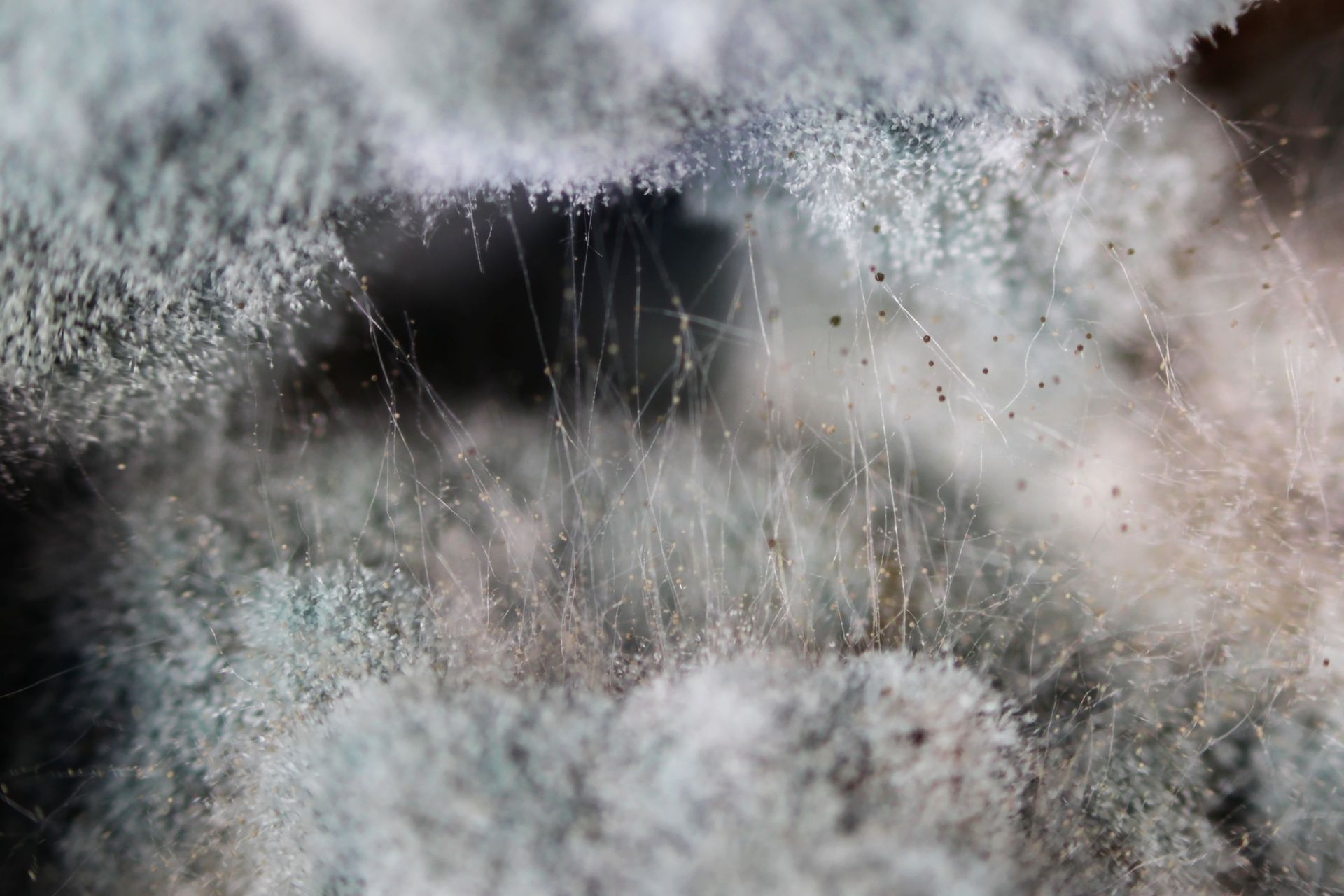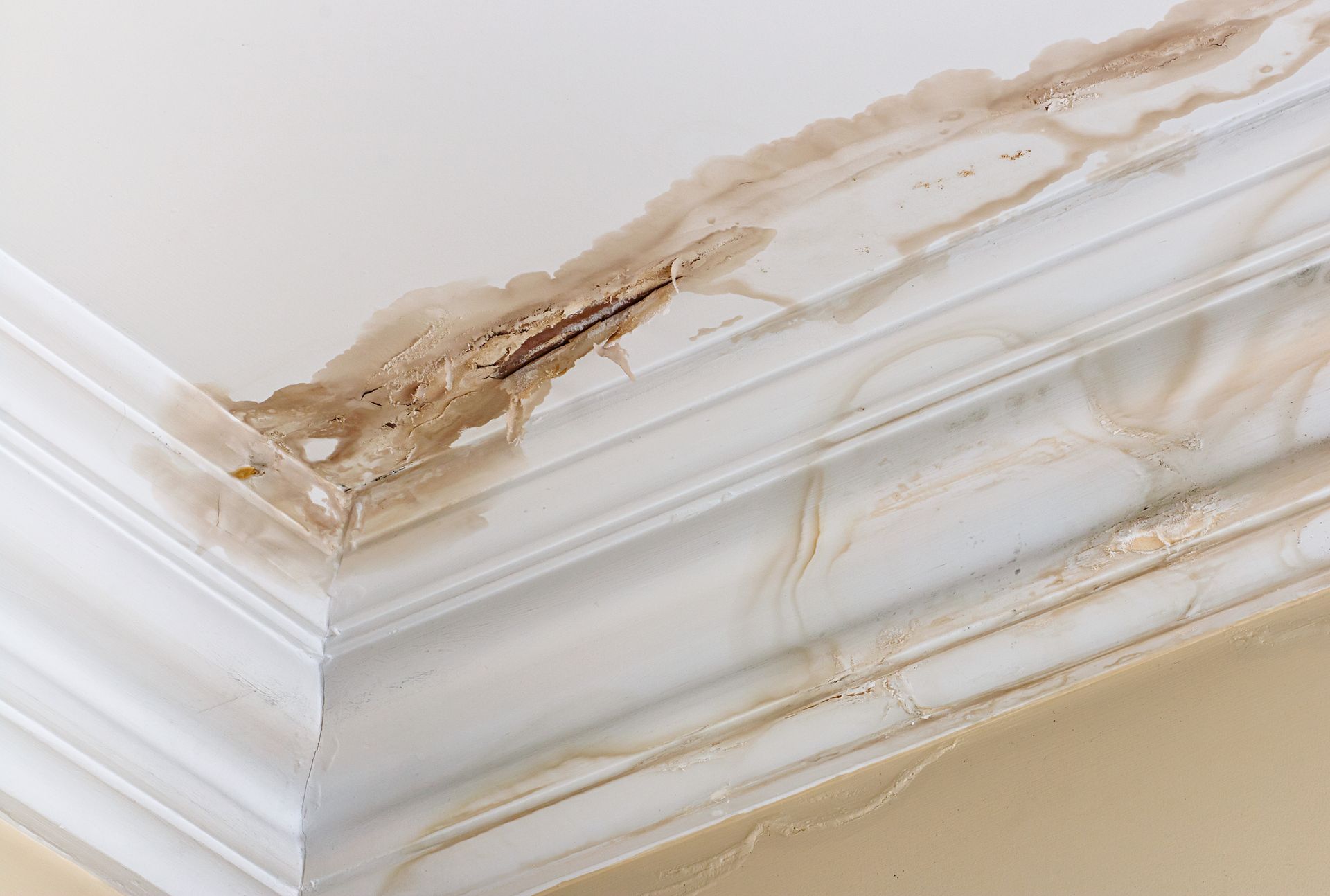Understanding and Addressing the Cost of Mold Restoration for Your Home
Understanding and Addressing the Cost of Mold Restoration for Your Home -Long Island, NY

When faced with mold growth in your home, you may wonder about the cost of mold remediation. It is crucial to address such issues quickly since specific types of mold can pose serious health risks.
Location
Determining the location of mold growth in your home is crucial. You may notice subtle signs like leaks, window condensation, or musty odors, black spots, and discoloration on walls or ceilings, or health issues like wheezing, coughing, and itchiness.
During a thorough inspection, a diligent inspector will examine areas such as the attic, ceilings, carpet and flooring, insulation, woodwork, drywall, basement, windows and doors, air quality, and HVAC. Since moisture can reach the most hard-to-reach areas of your house, getting rid of mold can be challenging if dealing with a hidden invasion.
In some cases, it may be more cost-effective to address damage in easily accessible areas. Keep in mind that a typical home inspection can cost anywhere between $650 to $2,000, depending on your home's size and complexity. Also, note that different remediation companies may have varying price points, so it's essential to inquire about them.
Inspections
If an inspection reveals mold growth in your home, the next step is to eliminate the source of the moisture problem, as mold thrives in damp, dark spaces like behind bathroom walls and under floors. If caught early and in an easily accessible area, the cost of removal and repair should be relatively low. However, if dealing with a large patch in an awkward spot, the cost of remediation may increase.
The Environmental Protection Agency (EPA) emphasizes the importance of prompt action after a flood or leak event, as prolonged mold exposure can lead to severe damage. To determine if mold remediation is covered by your home insurance policy, consult with your insurance agent, who can send out an adjuster to offer guidance on the problem and suggest remediation companies if necessary.
Harmful Mold: A Warning
Indoor mold can cause severe health issues, especially for those with allergies or weakened immune systems. There are three types of mold that commonly grow in homes:
- Allergenic
- Pathogenic
- Toxic
While allergenic molds are the least dangerous, they can still cause discomfort such as itchy eyes, irritated skin, and respiratory inflammation.
Pathogenic mold, on the other hand, is more serious and can lead to debilitating diseases. Children and the elderly are particularly vulnerable, but anyone can be affected. Mold exposure symptoms can easily be mistaken for other illnesses, so consulting a healthcare professional is recommended.
The most concerning type is toxigenic molds such as Stachybotrys Chartarum, or "black mold." This greenish-black mold is often found in flood-damaged buildings and produces mycotoxins that can lead to sepsis and organ failure. It's essential to fully remove it from your home, regardless of the cost.
Rescue and Repairs
The bulk of your mold remediation costs will be the labor and materials required to fully address the issue. Depending on the type of mold present in your home, the removal process may necessitate specialized cleaners, protective clothing, and breathing masks. It's important to limit direct exposure to toxigenic mold at all costs. If you find spores on your walls or ceilings, it's best to refinish those areas and ensure they're water-tight as soon as possible.
In conclusion, if you suspect that you have a mold problem in your home, it's crucial to have a professional inspection as soon as possible. Contact your homeowner's insurance company, and they should be able to recommend the best mold mitigation teams in your area.
The final cost of the process will depend on several factors, such as the location of the mold in your home, the amount present, the type of mold, and the repairs that need to be done once the mold is removed. However, it's essential to take the first step: call H2O Restoration to schedule an estimate and determine how much mold remediation will cost. Then, follow through and have the mold removed as soon as possible.



